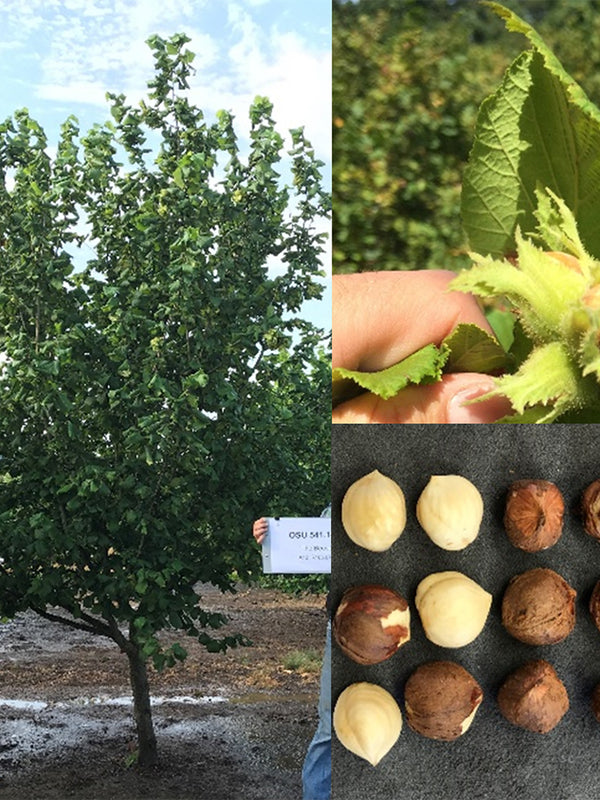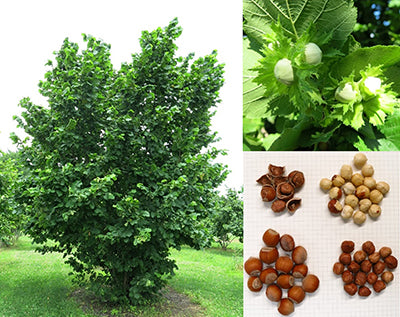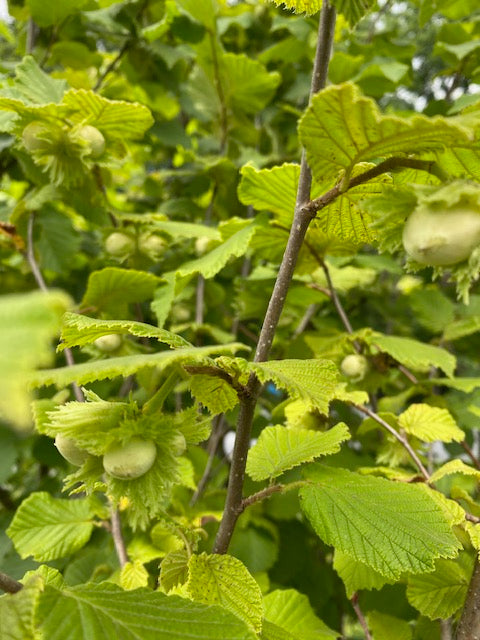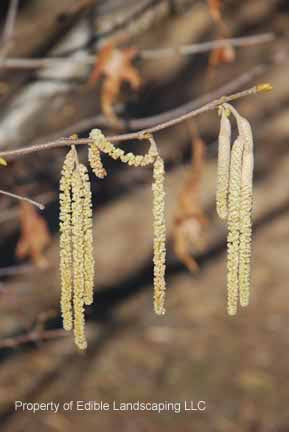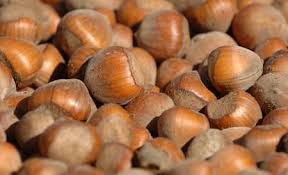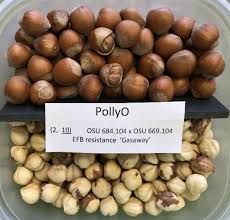
Carya illinoisenses
'Lakota' is an early maturing nut with excellent flavor, averaging 58lbs of nuts per tree. Introduced from USDA. 'Lakota' is a vigorous growing upright tree, strong and wind resistant. Pollinates with Major or Peruque. Space 25' circle. 'Lakota' is very resistant to scab disease. Zones 6-8
| Plant Characteristics | |
|---|---|
| Pest Resistance | Very Good |
| Disease Resistance | Excellent |
| Drought Tolerance | Good |
| Heat Tolerance | Very Good |
| Humidity Tolerance | Very Good |
| Sun Tolerance | Very Good |
| Wet Soil Tolerance | Fair |
| Shade Tolerance | Fair |
| No Spray | Very Good |
| Salt Tolerance | Poor |
| Fresh for Kids | Excellent |
| Deer Resistance | Very Good |
| Thorns | No |
| Plant Type | Tree |
| Soil Type | Adaptable |
| Edible Type | Nut |
| Self Fertile | No |
| This information is accurate to the best of our knowledge, comments/opinions are always welcome | |
Due to import restrictions we are unable to ship Lakota Pecan to CA...
Pecans are a species of hickory. The sweet, brown, oblong nuts are produced in the fall. They grow in zones 5b - 9. Although pecans are self-fruitful, they are not reliably so because they often shed pollen at a time when the pistils are only partly receptive. Furthermore the nuts are of inferior quality. You should, therefore, plant two varieties- one that sheds its pollen early and the other that sheds it pollen late. Look for type 1 and type 2. Type 1: Canton and Peruque.
Type 2: Lucas, Kanza, Posey, Lacota and Colby.
Pecans are divided into three groups: Eastern varieties are particularly adapted to the humid Southeast, although they do well farther west. They have above-average resistance to scab and other diseases. Western varieties grown from central Texas westward. They are well adapted to a fairly dry climate and alkaline soil, but they are very susceptible to scab and other diseases. Northern varieties mature their nuts in an unusually short time. They are tolerant of disease. William Reid has a wonderful (northernpecans.blogspot.com) informative site. If you love pecans, you'll love this site.
Pecans are very deep rooted, so they require a very deep soil. This should be a good loam, well drained and containing humus. Sandy and clay soils are much less desirable, although they can be improved to make the trees reasonably at home.
Undoubtedly the most important thing you can do is to water them frequently so that moisture reaches down to the bottom of the tap root. Mulching with a thick layer of hay or other organic material is recommended.
In subsequent years, water as necessary to maintain an even supply of moisture around the roots from the time the trees start making growth in the spring until the nuts are harvested in the fall. A lack of moisture at any time during this period will adversely affect the growth and output of the trees not only in the current year but also in the year following.
Fertilize newly planted trees when they put out growth with 1/2 cup of 10-10-10. Apply an additional 1/2 cup six to eight weeks later but not after July 30 in northern areas. Thereafter the trees can usually be fertilized with ammonium sulfate (or other nitrogen fertilizer). Apply this in early spring at the rate of about 1.5 cups per year of tree age. If trees are growing in an orchard where the ground is cultivated or mulched, the fertilizer should be broadcast over the entire root area. If trees are growing in a lawn or ornamental garden area, however, the heavy applications of fertilizer required for the mature trees would probably kill the grass and other small plants if it were broadcast. So you should place it in holes made with a crowbar at 2 foot intervals throughout the root zone. Nickel is a very important nutrient for pecans. Because they are native to river bottom soils that contain nickel. Look for Nickel Plus. It can be sprayed as a foliar feed or watered around the plant.
Nuts are ready for harvesting when the husks loose their bright green color and open at the tips. The easiest system of harvesting is to leave the nuts on the tree until they cure and fall naturally. The alternative is to knock them from the tree with light bamboo poles. They should be allowed to dry thoroughly before they are placed in sacks.
If you buy a property with an old pecan tree that does not produce well, you can probably persuade it to mend its ways by pruning out the dead, damaged, and unnecessary limbs; clearing the ground underneath and applying a heavy dose of fertilizer; and watering well. If Spanish moss infests the tree, it should be removed by spraying with copper sulfate. Don't expect an immediate huge crop of nuts, however: you will probably have to continue this treatment for a couple of years.

